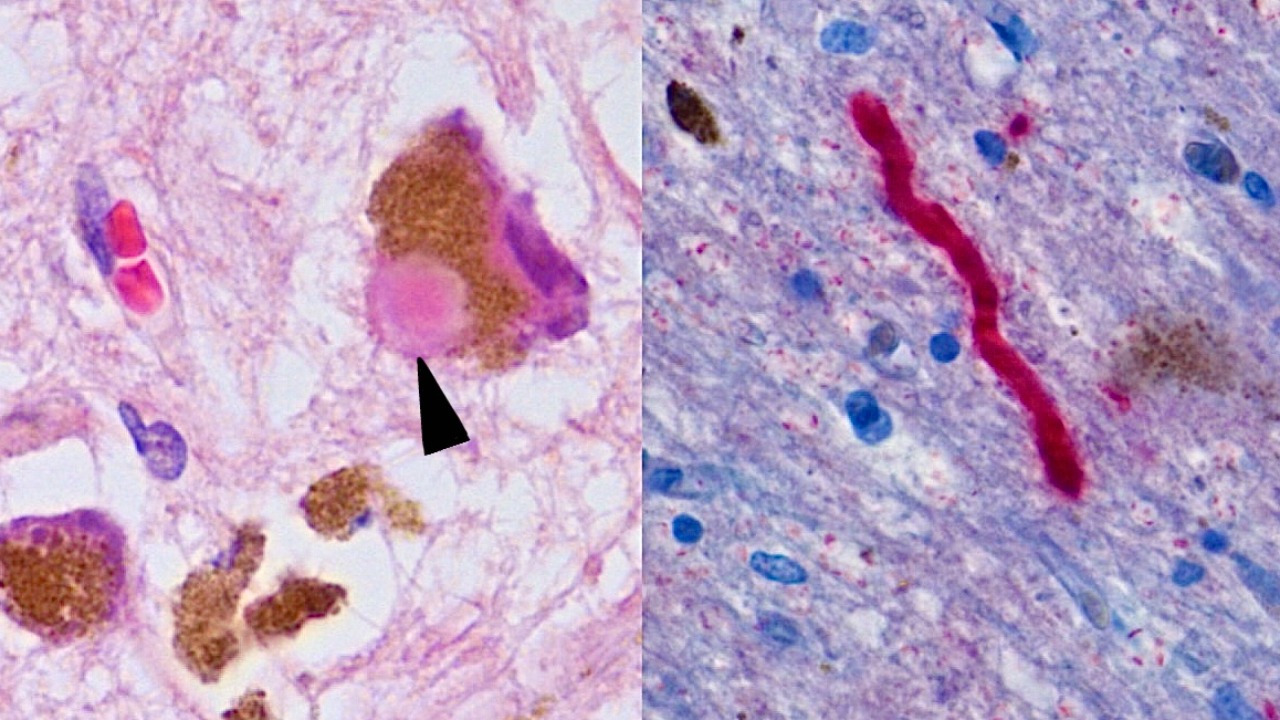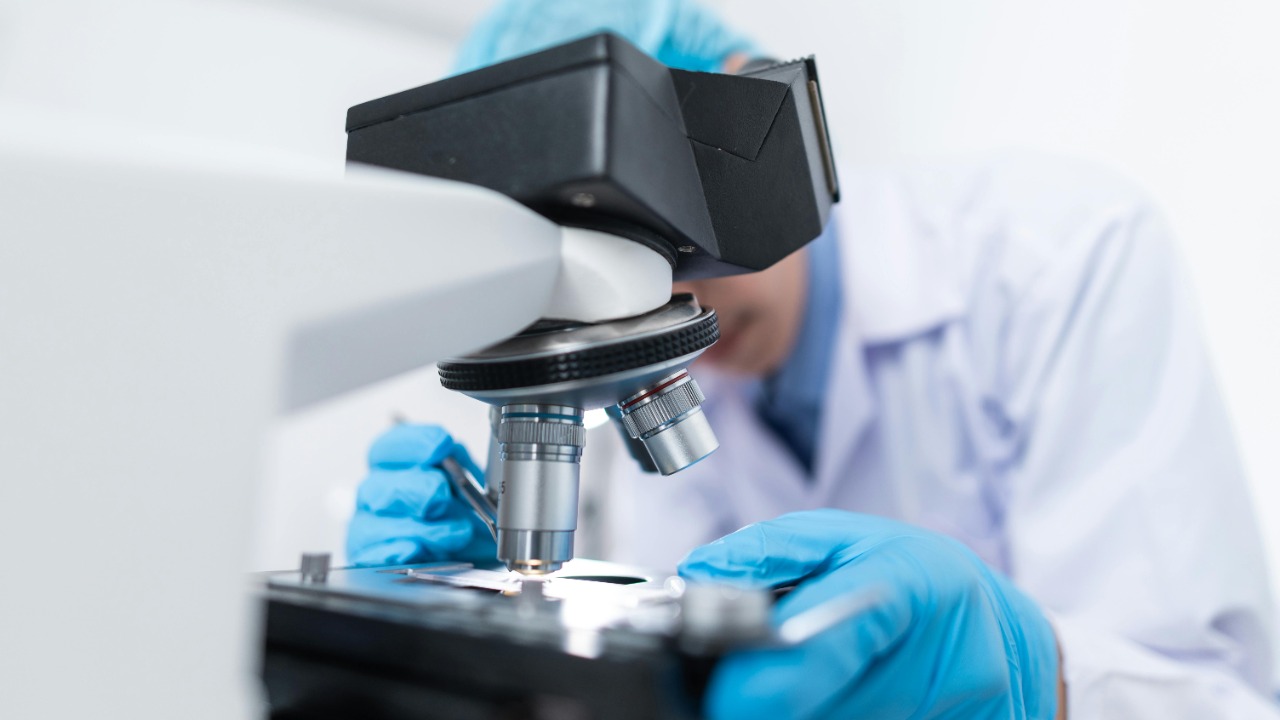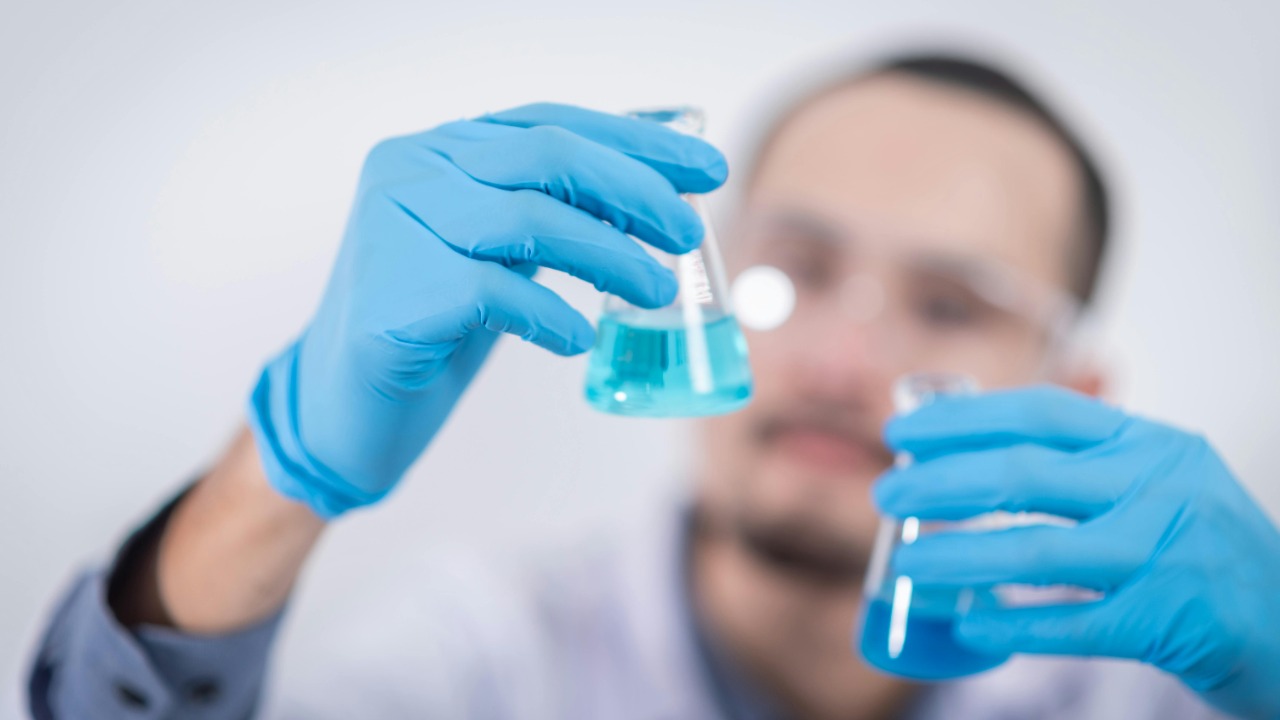
Parkinson’s disease has long been considered an inevitable result of aging or mere bad luck, but recent scientific revelations suggest otherwise. Emerging research indicates that environmental factors play a significant role in the development of the disease, making it largely preventable. This newfound understanding of Parkinson’s offers hope and actionable steps for reducing our risk.
The Science Behind Parkinson’s Disease

Parkinson’s disease is a progressive neurological disorder characterized by symptoms such as tremors, rigidity, and bradykinesia, which is a slowness of movement. Traditionally, it has been associated with aging, with the average onset occurring around age 60. However, this perspective is changing as new research delves deeper into the causes of Parkinson’s. Traditionally, risk factors included age, sex, and family history, but recent studies have uncovered a significant environmental component.
Scientists have uncovered compelling evidence that environmental factors are heavily implicated in the onset of Parkinson’s. For instance, exposure to certain pesticides and industrial chemicals has been linked to an increased risk of developing the disease. This shift in understanding highlights the need to re-evaluate our environments and consider them as potential contributors to neurological health issues. It also opens up avenues for prevention that were previously unexplored.
While genetics do play a role in Parkinson’s, accounting for about 10-15% of cases, the majority appear to arise from interactions between genetic predispositions and environmental exposures. This revelation breaks down the misconception that Parkinson’s is solely a genetic disease. By understanding the balance between these factors, we can better target prevention efforts and reduce incidence rates significantly.
Environmental Culprits: Ubiquitous and Overlooked

One of the most significant environmental factors linked to Parkinson’s is the use of pesticides and certain chemicals. Research has shown that individuals exposed to agricultural pesticides have a higher risk of developing Parkinson’s. These chemicals are designed to kill pests, but they can also have deleterious effects on human neurological health. Similarly, household chemicals used for cleaning or pest control can contribute to this risk, making it crucial to understand these everyday dangers.
Air pollution and industrial toxins are other major factors that have gone under the radar for too long. Pollutants such as heavy metals and particulate matter are pervasive in urban environments and have been shown to contribute to the neurological decline that characterizes Parkinson’s. The sheer ubiquity of these pollutants makes them a serious concern for public health, demanding attention and action from both individuals and policymakers.
Moreover, everyday products like certain cosmetics, plastics, and even some food containers may contain substances that increase the risk of Parkinson’s. For example, exposure to Bisphenol A (BPA), a chemical commonly found in plastics, has been linked to neurological damage. Recognizing these hidden threats in our daily lives is a crucial step toward reducing overall risk.
Steps Towards Prevention: Mitigating Environmental Risks

Reducing exposure to harmful chemicals is a practical and effective strategy for minimizing Parkinson’s risk. This can involve choosing organic produce to avoid pesticides, using natural cleaning products, and avoiding plastics with known harmful additives. These actions not only protect against Parkinson’s but also promote overall health.
Advocacy for policy changes plays a crucial role in limiting environmental pollutants. Supporting regulations that reduce the use of harmful chemicals in agriculture and industry can have widespread health benefits. By backing organizations and legislation aimed at this cause, we can collectively drive change that protects future generations from the environmental risks associated with Parkinson’s.
On a personal level, lifestyle adjustments can significantly lower the risk of developing Parkinson’s. Simple changes, like increasing physical activity and improving diet, can have profound effects. These practices enhance the body’s defense mechanisms, making it more resilient to environmental toxins and stressors.
The Role of Diet and Exercise in Prevention

Nutritional strategies are a powerful tool in the prevention of Parkinson’s. Diets rich in antioxidants, such as the Mediterranean diet, have been associated with a lower risk of neurological diseases. Foods like berries, leafy greens, and nuts support brain health, while supplements such as omega-3 fatty acids provide additional protection against inflammation and oxidative stress.
Exercise is another critical component in maintaining brain health and preventing Parkinson’s. Regular physical activity has been shown to improve motor function and slow the progression of neurological symptoms. Activities that combine aerobic exercise with balance and coordination training, such as tai chi or dancing, offer the most benefits by engaging both the body and mind.
Integrating holistic approaches, such as yoga and meditation, can also enhance overall well-being and help reduce stress, which is a known contributor to many health issues, including Parkinson’s. By adopting a comprehensive approach that combines diet, exercise, and mindfulness, individuals can significantly lower their risk and improve their quality of life.
The Future of Parkinson’s Prevention

The future of Parkinson’s prevention looks promising, with ongoing research uncovering new methods and strategies. Advances in genetics and biotechnology are paving the way for personalized medicine approaches that could predict individual risks and tailor prevention strategies accordingly. These developments hold the potential to revolutionize how we approach Parkinson’s and other neurological diseases.
Community initiatives are gaining momentum, with organizations dedicated to raising awareness and advocating for research and policy changes. Initiatives such as The Parkinson’s Plan empower individuals with information and resources to take proactive steps in their own lives. By participating in these movements, we can contribute to a broader cultural shift towards prevention and health optimization.
Ultimately, empowering individuals with knowledge and resources is key to combating Parkinson’s. By understanding the environmental factors at play and taking informed action, we can significantly reduce the incidence of this disease. Encouraging informed decision-making and proactive health measures is essential for a future where Parkinson’s is not seen as an inevitable fate, but as a largely preventable condition.